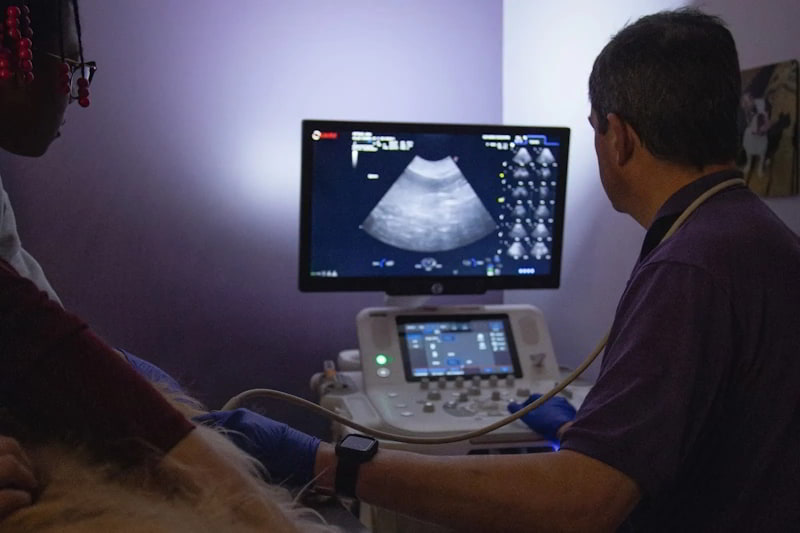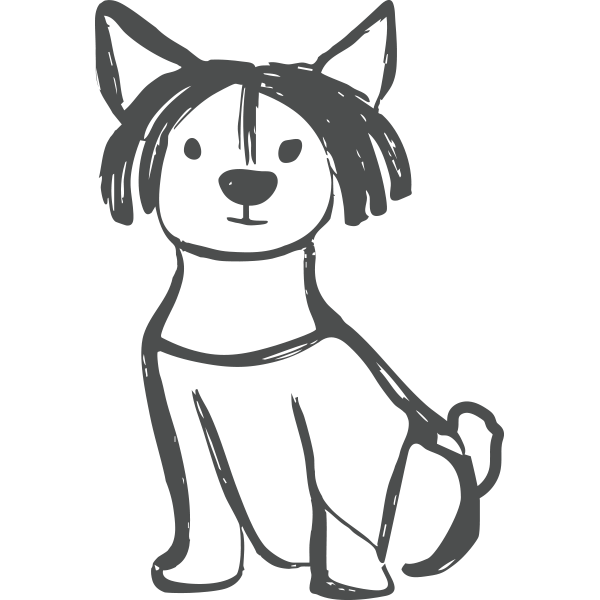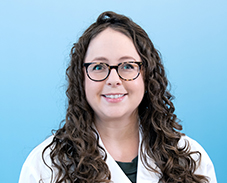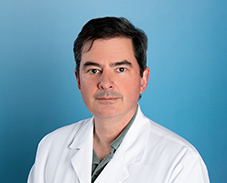When your pet is unwell, getting a clear and accurate diagnosis is the first and most important step toward helping them heal. At MVA, our radiology department uses sophisticated, non-invasive imaging technologies to look inside your pet’s body. This gives us the detailed answers we need to understand what’s happening and create the best treatment plan. We understand that having your pet undergo imaging can be a stressful experience. Our compassionate team is here to ensure your cat or dog is safe, comfortable, and receives the highest level of care throughout the process.

What Is a Veterinary Radiologist?
A Veterinary Radiologist is a Doctor of Veterinary Medicine (DVM) who has completed years of additional, intensive training in all forms of medical imaging and has become board-certified by the American College of Veterinary Radiology (ACVR).
Our Veterinary Radiology Specialists are trained to not only perform complex imaging procedures but, most importantly, to interpret the images. They see subtle details that might otherwise be missed, allowing them to provide your primary veterinarian and other specialists with a precise diagnosis. They are an essential part of your pet’s collaborative care team, using their advanced knowledge to guide effective treatment.
Our Advanced Diagnostic & Therapeutic Services
Our locations, in partnership with PetRad, features a dedicated imaging center equipped with state-of-the-art technology. This allows us to offer a full spectrum of diagnostic services on-site.
Digital Radiography (X-rays)
Radiography, or X-rays, is often the first imaging tool we use. It provides a fast, painless way to evaluate your pet’s bones, chest, and abdomen. Our digital system produces high-definition images that help us quickly identify issues like fractures, foreign objects, or signs of heart and lung disease.
Computed Tomography (CT) Scan
A CT scan uses X-rays and advanced computer processing to create detailed, 3D cross-sectional images of your pet’s body. We often use a safe contrast agent (dye) to enhance the images, giving us an even clearer view of your pet’s organs and blood vessels. This is invaluable for:
- Examining complex joint injuries or bone fractures.
- Getting a detailed look at the nasal passages, lungs, and inner ear.
- Planning for complex surgeries by creating a 3D “map” of a tumor or abnormal area.
Magnetic Resonance Imaging (MRI)
MRI represents the pinnacle of our diagnostic capabilities and is our most advanced imaging tool. Unlike CT or X-rays, MRI uses powerful magnetic fields to produce incredibly detailed images of soft tissues. It is the gold standard for diagnosing neurological conditions, including brain tumors, encephalitis, and spinal disease. Additionally, it provides exceptional clarity for complex musculoskeletal and orthopedic imaging, allowing us to visualize soft tissue structures that other machines cannot.
Ultrasound (Sonography)
Ultrasound is a gentle, real-time imaging tool that uses sound waves—not radiation—to visualize your pet’s soft tissues and organs. It is one of the most widely used and safest diagnostic tools in medicine. Our radiologist uses a state-of-the-art ultrasound machine to assess the size, structure, and health of organs like the heart, liver, kidneys, and spleen. It’s also the tool of choice for evaluating pregnancies and guiding minimally invasive biopsies. While you won’t be in the room for the ultrasound (which typically lasts about 20 minutes), please rest assured your pet is in the most caring and capable hands.
Nuclear Medicine (Iodine-131 Therapy)
Beyond diagnosis, we use imaging technology to treat disease. Nuclear medicine involves administering a radiopharmaceutical, such as Iodine-131 (I-131), to cure hyperthyroidism in cats. This treatment has a very high cure rate (over 95%) and is both safe and effective. It’s given as a single, simple injection under the skin, much like a vaccine. Following the treatment, your cat will stay with us in a special, comfortable isolation area for a few days (usually about three) while the radioactive iodine clears their system. You will be unable to visit during this short stay, but our dedicated team will be caring for them around the clock, and we will provide you with daily updates on how they’re doing.

Meet Our Veterinary Radiology Specialists
The technology we use is only as good as the experts who interpret the results. Our team is led by dedicated, board-certified specialists who combine technical expertise with a deep compassion for animals. They work in close collaboration with all other departments at MVA to ensure your pet receives a seamless, comprehensive diagnostic workup.





